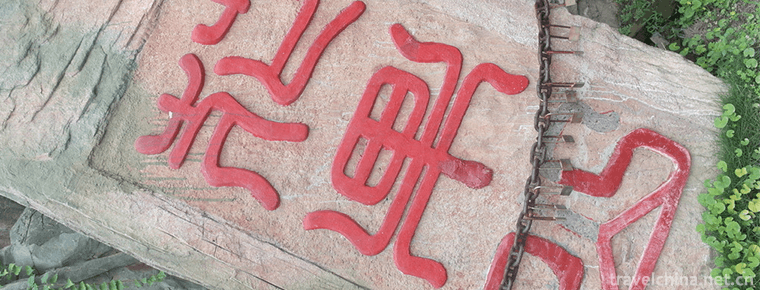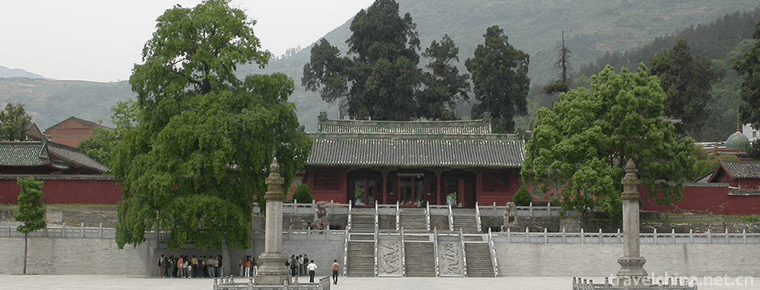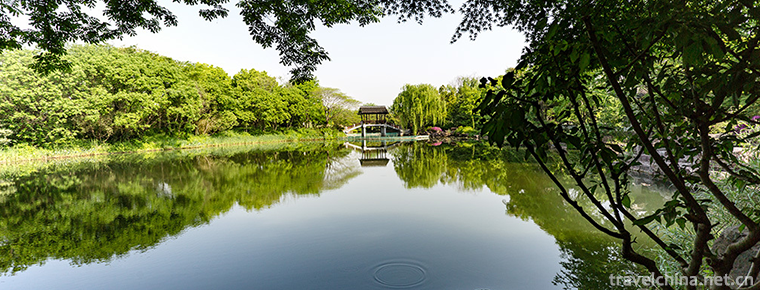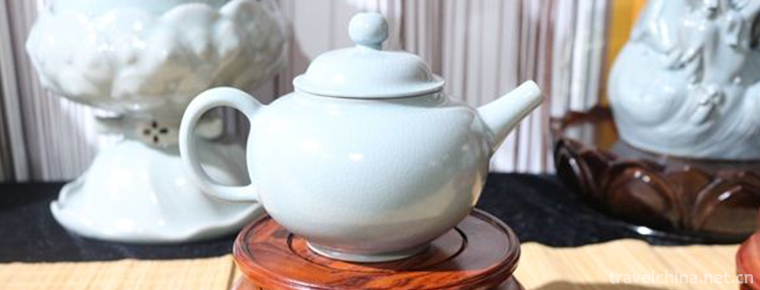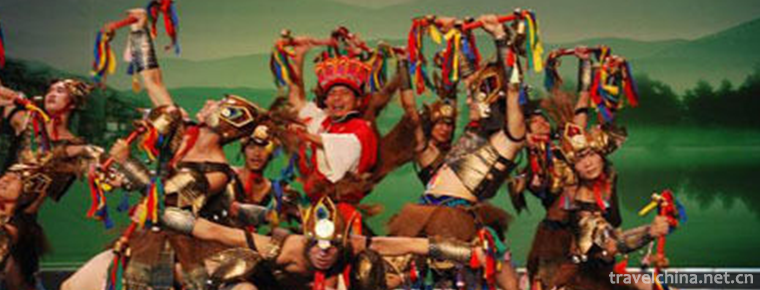Iron Coal Steam Locomotive Museum
Iron Coal Steam Locomotive Museum
Tiaobingshan Steam Locomotive Museum, formerly known as Iron Coal Steam Locomotive Museum. National AAAA-level scenic spots and national industrial tourism demonstration sites. The scenic spot has 21 steam locomotives which are few in the world and can operate normally. Some of them are operated. The rest are stored in the exhibition hall of steam locomotives covering more than 3000 square meters.
The museum now has three luxury old-fashioned passenger trains and one steam locomotive exhibition room. It runs on a 220-kilometer railway line across three counties and two cities (Tieling, Faku, Kangping, Tieling and Shenyang). It has designed a series of tourism projects for tourists, such as "Steam Locomotive Photography", "Steam Locomotive Trial Driving", "One-day Stationer" and "Industrial Mine Tour". 。
Collection
brief introduction
Iron Coal Group (now renamed TieNeng Group) as a national top 500 enterprise located in Tiaobingshan City, has a long history. Now, 21 steam locomotives have been reserved, forming a flowing steam locomotive Museum for people to visit and visit. On large holidays, tourists will also open the link of driving in person, attracting a large number of overseas friends to exchange visits, and even Japanese friends have bought them at high prices, but they have been refused by local authorities.
Since the opening up in 2000, more than ten foreign tourists from the United States, France, Russia, Belgium, Finland, the Netherlands, the United Kingdom, Italy, Japan and other countries have come to visit, and more than a dozen domestic theatre groups have come to take pictures of steam locomotives.
Influence
Tiaobingshan City is a county-level city which mainly produces coal approved by the State Council in 1982. Because it is adjacent to Faku County and Tieling City, its original name is Tiefa City, which was formally renamed Tiaobingshan City in 2002. Tiefa Coalfield has identified a coal industry reserves of 2.32 billion tons, accounting for more than one third of Liaoning's total coal. In 2000, Tiefa Coalfield entered the top ten coal mines in China.
Since the establishment of mining in 1958, the output and benefit of coal have been increasing year by year. In 1991, the output exceeded 10 million tons. Since 1997, the annual output has reached more than 15 million tons. Over the years, steam locomotives have made great contributions in the field of coal production and transportation.
However, with the development of the times, the steam locomotive is no longer the leading role in the transport industry, replaced by diesel locomotives and electric locomotives.
But the historical achievements and innovative spirit of steam locomotives can not be forgotten.
Promotion 4A
Tiaobingshan Iron Coal Steam Locomotive Scenic Spot was officially approved by the National Tourism Administration and promoted to the national AAAA level scenic spot. The unveiling ceremony was held on January 14, 2013. Sun Delan, Vice Mayor of Tieling Municipal People's Government, congratulated the Tieling Municipal Committee and the Municipal Government on the promotion of the Steam Locomotive Museum.
Sun Delan pointed out that the museum should take this promotion as an opportunity to strengthen the construction of infrastructure and service facilities, strive to open up the tourism market, create an international tourism brand with characteristics, and continue to contribute to the development of Tieling tourism and the new step of industrial tourism in the province.
Tiaobingshan Iron and Coal Steam Locomotive Museum opened in 2004. It has 113 kilometers of railway trunk line and 101 kilometers of station line. There are 21 steam locomotives, including 18 upstream locomotives, 1 construction locomotive, 1 jump-forward locomotive and 1 KD6 locomotive. The time of leaving the factory varies from 1943 to 1999. With the existing resources and conditions, the Ministry of Railway Transportation of Tiecheng Group has established four bases, namely, steam locomotive tourism, development and manufacture of steam locomotive products, film and television shooting of steam locomotives, and cultural exchange of steam locomotives. They are known as the "flowing steam locomotive museum". Every year, tens of thousands of people come to visit and visit, calling for "China's first, world-famous" steam locomotive tourism products in China. Tieling has become the second national AAAA scenic spot after Qinghe Reservoir scenic spot.
Film and TV Base
As of December 2016, Tiaobingshan Iron and Coal Steam Locomotive Museum Steam Locomotive Movie and Television City has cooperated with the shooting task of 37 films and TV dramas. The scenes are taken all over the stations, platforms, streets, exterior scenes and steam locomotives and other professional props, filling in the blank of no professional steam locomotive film and television shooting base in China at that time. The scenic film and television city has complemented Shenyang Guandong Film and TV City, Lushun Chuangguandong Film and TV City, Tieling Qinghe Longquan Villa Film and TV City, giving full play to its own characteristics, so that the shooting of many related film and television works can be completed in Liaoning Province.
Overseas Evaluation
American friends said: There are so many steam locomotives in Tiaobing Mountain, so good that it is rare in the world. Tienang Group's existing 20 steam locomotives are unique cultural relics of Tiaobing Mountain, which can be called world-class. This unique tourist resources are open to tourists, so that tourists can feel the magnificent scenery of Tielang Coal Sea.
German tourists praise: driving motorcycles and sightseeing in scenic spots give people a sense of beauty of returning to nature and the past.

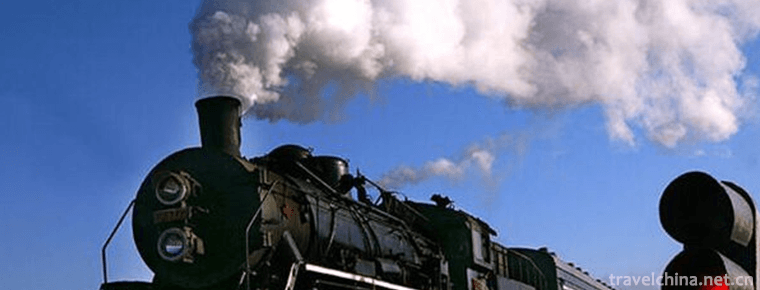
-
MountHuaguoshan
Mount Huaguoshan (Lianyungang Huaguoshan Scenic Area) is located at the middle foot of Nanyuntai Mountain in Lianyungang City..
Views: 282 Time 2018-12-06 -
Chongli Wanlong Skiing Ground
Wanlong ski resort is located in Honghua Liang, Chongli District, Zhangjiakou City, Hebei Province. It covers an area of more than 30 square kilometers, with the highest elevation of 2110.3 meters and.
Views: 202 Time 2019-01-06 -
Bao en Temple Pingwu
Pingwu Baoen Temple is located in Pingwu County, Sichuan Province. It is 184 kilometers away from Mianyang City and 300 kilometers away from Chengdu. Located in the northeast corner of the county town.
Views: 144 Time 2019-02-07 -
Xixi Wetland Tourist Area
Xixi National Wetland Park is located in the west of Hangzhou City, Zhejiang Province. It is only 6 kilometers away from Wulin Gate, the main city of Hangzhou, and 5 kilometers away from West Lake..
Views: 126 Time 2019-02-25 -
Song of Sichuan river
Chuanjiang chant is a kind of traditional folk singing form that the shipworkers in Chuanjiang valley of Sichuan and Chongqing area lead the singing by the trumpeters for unified movement and rhythm.
Views: 161 Time 2019-04-19 -
Imakan of Hezhe Nationality
Imakan is a unique rap art of the Hezhe people in Northeast China. Its performance form is a combination of one person's rap and singing. It has no accompaniment with musical instruments and uses the .
Views: 192 Time 2019-05-03 -
Nanxian Flower Drum
On May 20, 2006, the local flower drum of Nanxian County was listed in the first batch of national intangible cultural heritage list with the approval of the State Council..
Views: 116 Time 2019-06-07 -
Firing Techniques of Ru Porcelain
On May 23, 2011, the firing technique of Ru Porcelain was approved by the State Council of the People's Republic of China and listed in the third batch of national intangible cultural heritage, the he.
Views: 90 Time 2019-06-11 -
Youyang Folk Songs
Youyang folk song is a rich and colorful folk culture created and accumulated by the Tujia, Miao and Han people in Youyang Tujia and Miao Autonomous County of Chongqing in the long practice of product.
Views: 128 Time 2019-07-14 -
China Foreign Affairs University
China Foreign Affairs University is a small scale, high level and distinctive foreign ministry's sole institution directly under the guidance of serving the cause of China's diplomacy and cultivating .
Views: 170 Time 2019-11-29 -
Deyang cultural undertakings
As of the end of 2018, Deyang City has 7 public libraries with a total collection of 1189.8 thousand books (pieces). The city has 7 cultural centers, 127 cultural stations, 10 museums, 48 art performing groups, and 27 theaters and cinemas. By the end of the year,.
Views: 352 Time 2020-12-14 -
History and culture of Yibin
Yibin has 34 world-class, national and provincial scenic spots and 58 national and provincial key cultural relics protection units. Among them, there are seven cave cliff tombs (Eastern Han Dynasty), Jiuzhou tower (Song Dynasty), Daguanlou (Qing Dynasty), etc..
Views: 378 Time 2020-12-18
